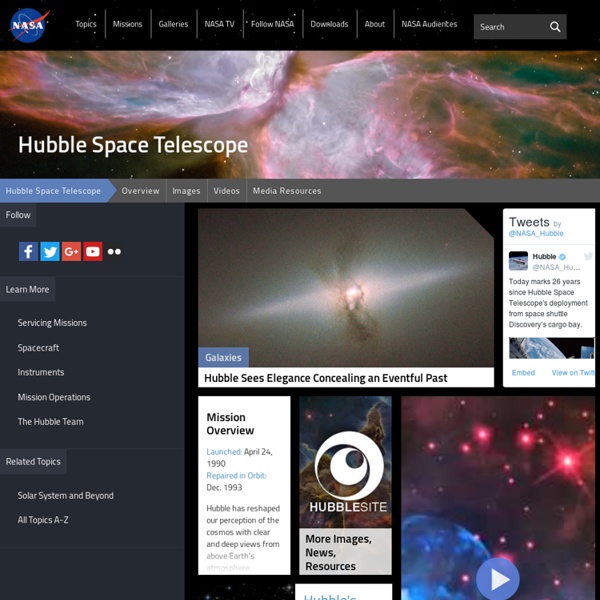



s Hubble Observes Young Dwarf Galaxies Bursting With Stars NASA's Hubble Observes Young Dwarf Galaxies Bursting With Stars This image reveals 18 tiny galaxies uncovered by NASA's Hubble Space Telescope. The puny galaxies, shown in the postage stamp-sized images, existed 9 billion years ago and are brimming with star birth. Hubble's Wide Field Camera 3 and Advanced Camera for Surveys spied the galaxies in a field called the Great Observatories Origins Deep Survey (GOODS). The galaxies are among 69 dwarf galaxies found in the GOODS (marked by green circles in the large image) and other fields. Images of the individual galaxies were taken November 2010 to January 2011. › View larger image Using its near-infrared vision to peer 9 billion years back in time, NASA's Hubble Space Telescope has uncovered an extraordinary population of young dwarf galaxies brimming with star formation. The resulting observations are somewhat at odds with recent detailed studies of the dwarf galaxies that are orbiting as satellites of the Milky Way. Related Link:
Stellarium Galaxy Zoo: Hubble 100,000 Stars Telescopes Help Discover Surprisingly Young Galaxy NASA Telescopes Help Discover Surprisingly Young Galaxy PASADENA, Calif. -- Astronomers have uncovered one of the youngest galaxies in the distant universe, with stars that formed 13.5 billion years ago, a mere 200 million years after the Big Bang. The finding addresses questions about when the first galaxies arose, and how the early universe evolved. NASA's Hubble Space Telescope was the first to spot the newfound galaxy. Detailed observations from the W.M. Infrared data from both Hubble and the post-coolant, or "warm," phase of NASA's Spitzer Space Telescope mission revealed the galaxy's stars are quite mature, which means they must have formed when the universe was just a toddler. "This challenges theories of how soon galaxies formed in the first years of the universe," said Johan Richard of the Centre de Recherche Astronomique de Lyon, Université Lyon 1 in France, lead author of a new study accepted for publication in the Monthly Notices of the Royal Astronomical Society.
[blog] Autour du Ciel | actu astrophysique / astronomique